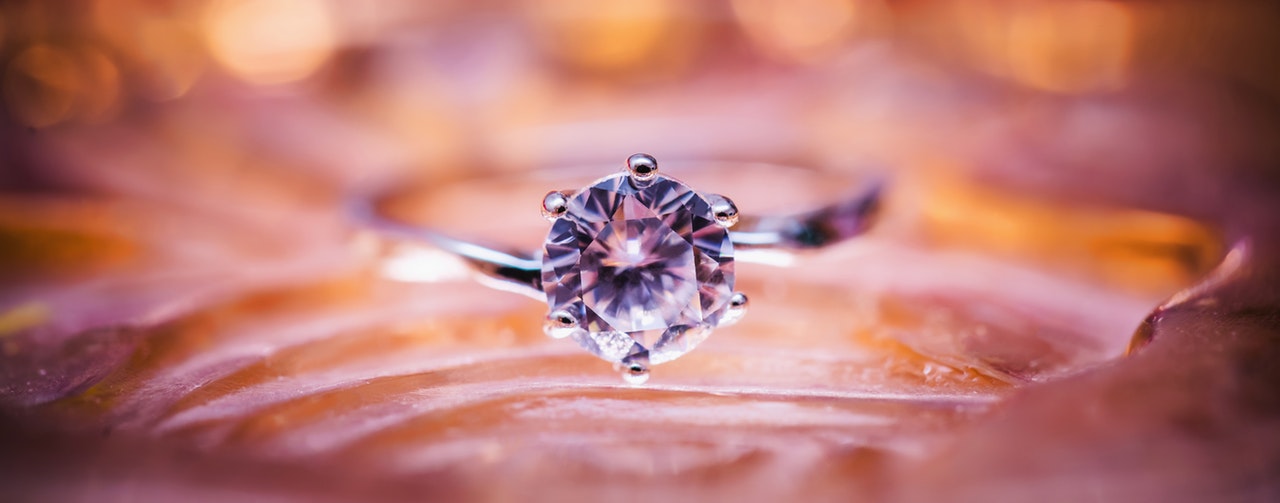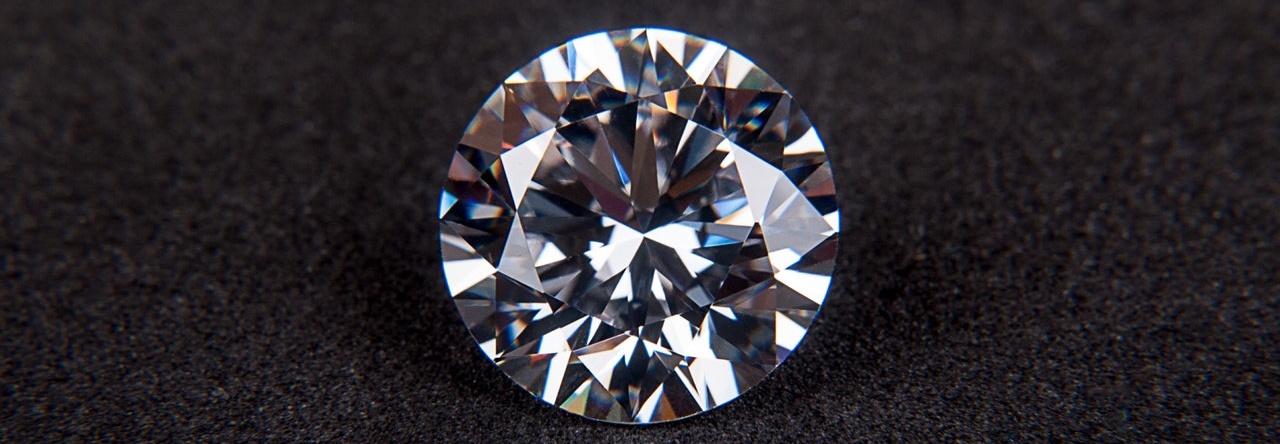What you need to know about man made diamonds
By on Jun 18 2018

They've always said diamonds are a girl's best friend, but they never specified whether or not that included man-made diamonds.
Recently, De Beers— the leading diamond miner in the world— announced that they would start selling diamonds that were produced in a lab. After standing against doing this in the past, something must have changed their minds. Let's take a look at how man-made diamonds are produced and why you might want to consider buying one for that lucky person in your life.
How man-made diamonds are made
Diamonds are rare in the sense that they are part of a globally-controlled market. Consumers have been looking for alternatives in the area of man-made stones, and De Beers is responding to that demand. They've invested time and money in producing man-made diamonds for industrial use in the past, so they definitely have a process in place for producing them.

Lab-made diamonds are made by heading diamond seeds in a chamber for weeks. Methane and hydrogen gasses pumped into the chamber create a superheated plasma ball, with gasses that slowly stick to and build upon the diamond seed. Heat is adjusted between 900 and 1,200 —C during the process.
The diamonds continue to grow in the chamber until they become large enough to cut —and polish for jewelry. This process is called Chemical Vapor Deposition, or CVD, and is the preferred method for lab-made diamonds.
The methods and technology behind the process are so advanced that machines are needed to tell the difference between a lab and real diamond.
How they compare to mined diamonds
In appurtenance, you'd be hard-pressed to find much of a difference between the two. Man-made diamonds appear to sparkle and shine in the same way mined ones do. If you hold two side-by-side, you'll probably be shocked to see just how similar they are. It takes about 500 hours to produce a synthetic diamond.
Manufactured diamonds have the same chemical makeup as mined stones as well, meaning they're just as strong as the real deal. The biggest difference is that man-made diamonds lack the natural characteristics of natural diamonds, such as coloration and —flaws. "

De Beers's lab-grown diamonds, which will be sold under the brand —Lightbox, " will range from $200 for a quarter carat to $800 for a full carat. They will be available this September in pink, blue, and white. Each diamond will feature a Lightbox logo, invisible to the naked eye, that will easily identify them as man-made.
So, what do you think? Are all diamonds a girl's best friend, or just the ones we take from Earth, or would you rather a sapphire? —
Sources:
https://www.brilliantearth.com/news/how-lab-created-diamonds-are-made/ http://money.cnn.com/2018/05/29/news/companies/de-beers-man-made-diamonds/index.html https://www.forbes.com/sites/trevornace/2018/05/30/de-beers-gives-in-and-begins-selling-lab-made-diamonds/#2ef29644636d https://www.bloomberg.com/news/articles/2018-05-29/de-beers-is-said-to-make-u-turn-by-selling-man-made-diamonds






